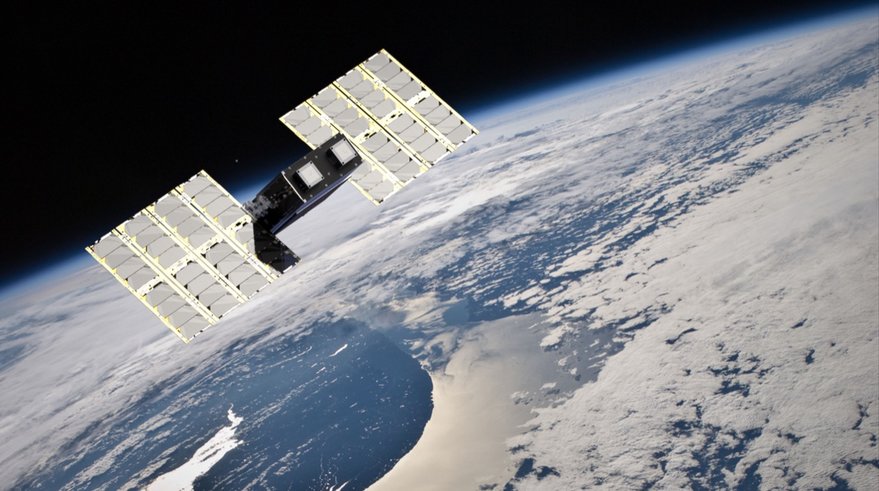WASHINGTON — Canadian startup Kepler Communications launched Sept. 28 the first two satellites built in its own facility as the company ramps up its plans to deploy a constellation for data and Internet of Things services.
The two six-unit XL cubesats, known as Kepler-4 and Kepler-5 but nicknamed Antilles and Amidala, were among the 15 smallsat secondary payloads brokered by Exolaunch that launched on a Soyuz-2.1b from the Plesetsk Cosmodrome in northern Russia at 7:20 a.m. Eastern. The primary payload for the launch was a trio of Gonets satellites for the Russian government.
The two Kepler satellites are the first “GEN1” satellites for the company after the launch of three prototypes, two in 2018 and the third Sept. 2 on a Vega dedicated rideshare mission. The three prototypes were built in cooperation with AAC Clyde Space.
The new GEN1 satellites, however, were built by Kepler at a satellite manufacturing facility it established at its Toronto headquarters late last year. The company said that challenges in “maturing the supply chain” in the satellite manufacturing industry led it to establish an in-house production capability rather than work with an existing manufacturer.
“We’re able now to own the production of this very capable platform,” Jared Bottoms, director of space systems at Kepler, said during a company webcast about the launch. “We really wanted to centralize our production in downtown Toronto to take advantage of the fast-paced atmosphere, the wide breadth of talent that we can tap into, and take that spirit and apply it to the space industry.”
That internal production capability will allow the company to adopt what it calls a “lean and agile” approach to producing its satellites. “Building a production line associated with that allows us to be cost efficient while also allowing us to be innovative and collaborative,” said Shehroz Hussain, production control lead at Kepler.
The GEN1 satellites incorporate improvements over the three prototypes, including increased power and improved thermal control, as well as updates to the communications payload. Those satellites will provide store-and-forward communications for large data files as well as narrowband Internet of Things services for asset tracking and monitoring.
“This is the start of our aggressive launch campaign,” said Mina Mitry, chief executive of Kepler. “Our production floor has ramped up to nearly full capacity and we’ll continue to deliver satellites for a variety of launch missions.”
Kepler’s next satellites will launch in December, the company said. The company didn’t disclose details of the launch, but Mitry said it would be an “even larger deployment” of satellites than this launch.
The launch carried satellites for other smallsat constellation developers. Spire flew four of its three-unit cubesats on the launch, two of which are equipped with intersatellite crosslinks and two with advanced computing systems to enable the use of machine learning algorithms. The launch also carried two microsatellites that Exolaunch said were for an unnamed “European-based commercial customer” but are believed to be the latest synthetic aperture radar satellites for Finnish company Iceye.
Other satellites on the launch included four three-unit NetSat cubesats developed by the Würzburg Center for Telematics to test formation flying techniques, the SALSAT microsatellite from Technische Universität Berlin to study spectrum usage in several bands, the three-unit MeznSat cubesat from the United Arab Emirates Space Agency to measure greenhouse gas concentrations, and a three-unit Internet of Things cubesat for an unnamed customer.
